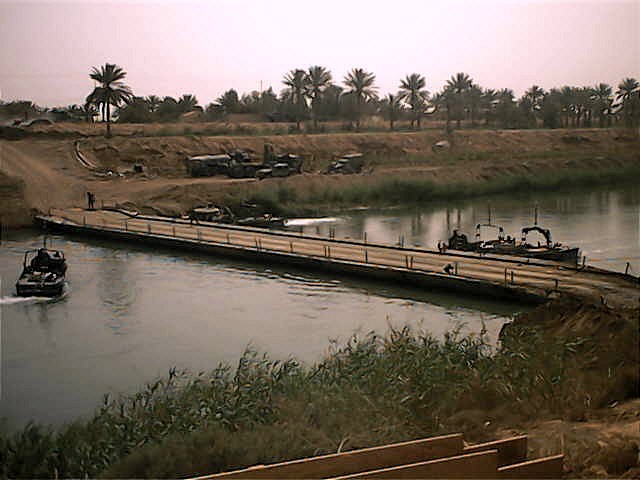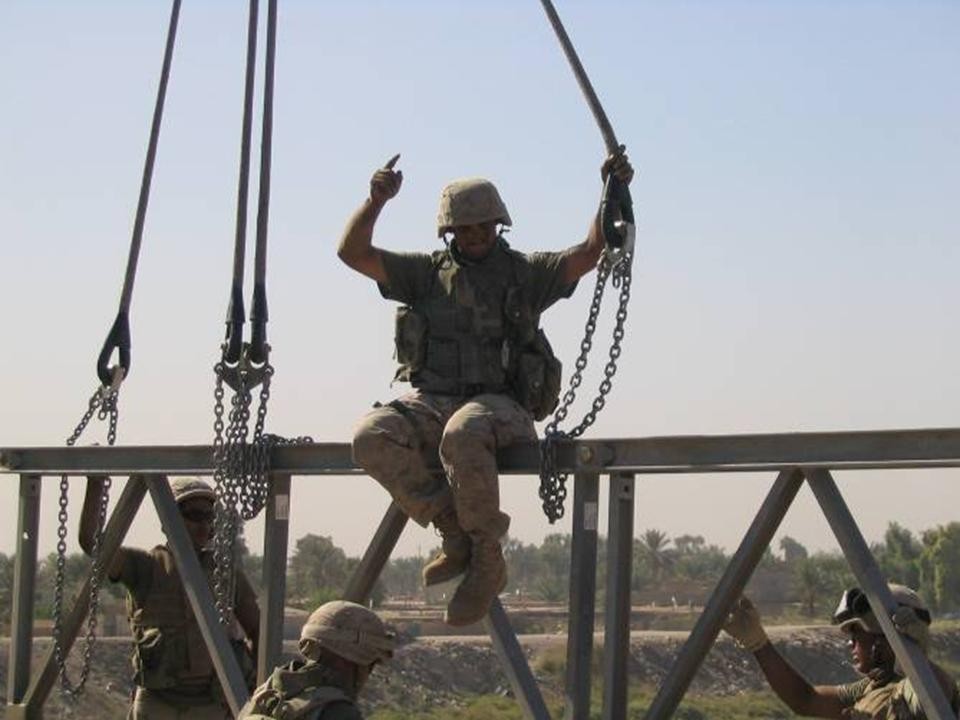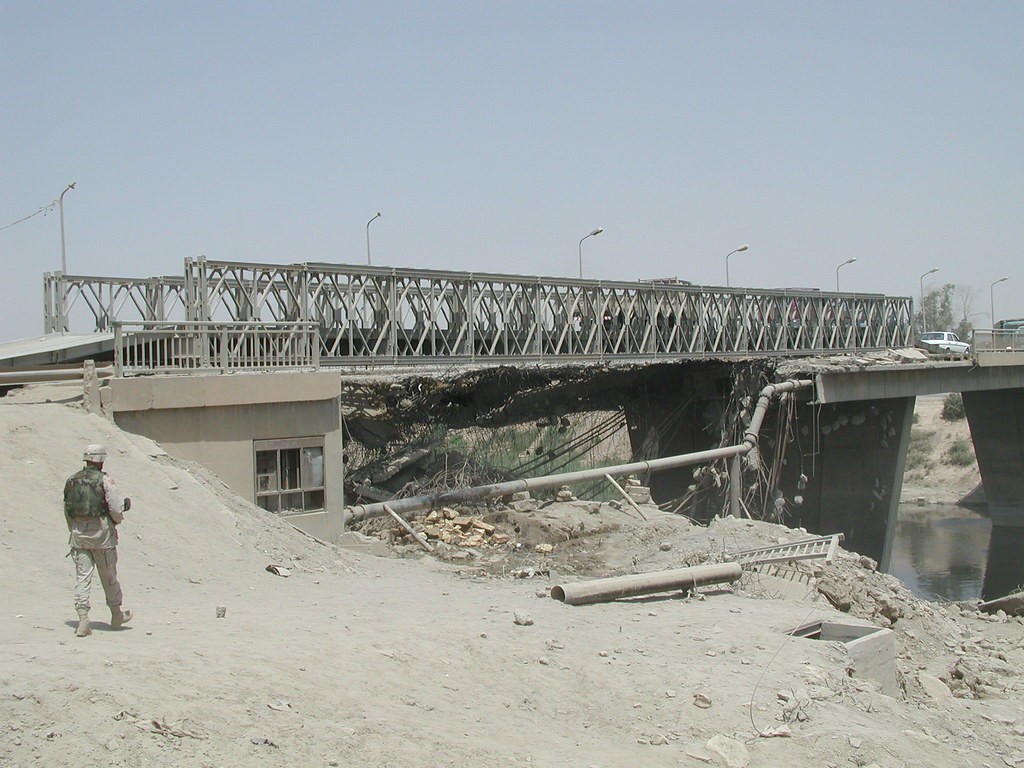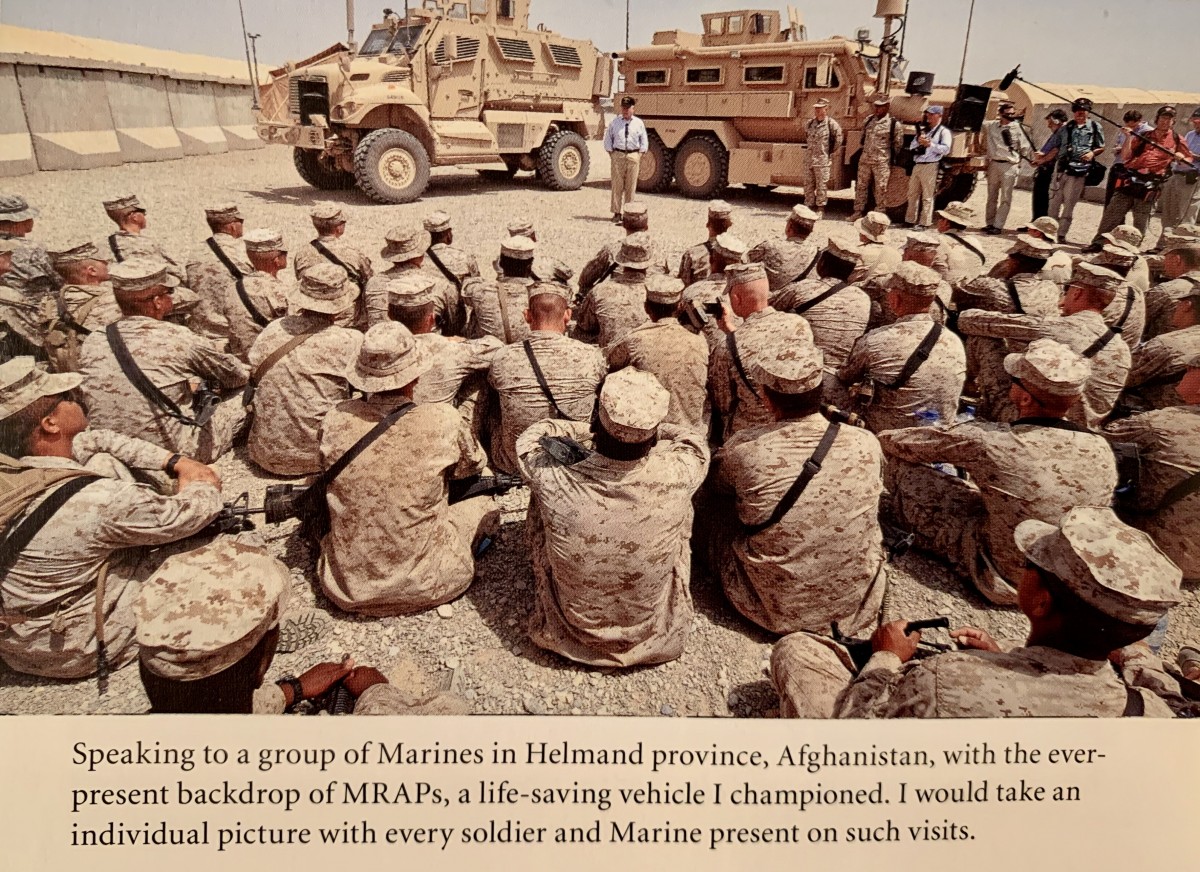Is the Marine Corps Evolving Into A Less Capable Marine Air Ground Task Force MAGTF for All Contingencies
By Col William E. Hatton, U.S. Marine Corps Reserve (Ret)
"The #Marines who make up our Marine Air-Ground Task Force (MAGTF) provide our Nation with a variety of response options, coordinating teams of ground, air, logistics, and cyberspace assets under a central command that is built to conduct a full range of operations. Due to the flexibility, scalability, maneuverability, and adaptability of the MAGTF’s organizational structure, Marines remain ready to fight battles around the world at a moment’s notice."
The above quotation was taken from the Marine Corps website.
During my Marine Corps service, I had the opportunity to witness the strength of the MAGTF during Operation #DesertStorm and Operation Iraqi Freedom I and II. In each conflict, the Marine Corps was recognized for its adaptability and flexibility. The ability of Marines to meet the challenges on the battlefield were because each MAGTF component (Ground Combat Element, Air Combat Element, and Combat Service Support Element) had the necessary personnel, equipment, and the command-and-control structure to integrate their combined strengths to accomplish the mission.
Over the past several months, the Marine Corps has been undergoing a structural transformation. The focus for this change is to address the threat of the People's Republic of China (PRC). Our current Marine Corps leadership expects that Marines will not face the PRC in a 'mano a mano' fight. Instead, Marines will engage in expeditionary warfare from Expeditionary Advanced Base Operations (EABO). By operating as small, mobile, displaced units, spread across distant remote islands, Marines will conduct sea denial, support sea control, and enable fleet sustainment missions.
Since retiring from the Marine Corps Reserve, more than a decade ago, I don't have access to intelligence briefings and threat assessments. Recognizing this limitation, I do not question the current threat assessment nor the mission of the EABO. However, I do question some of the long-term trade-offs that the Marine Corps instituted to adopt this future form of expeditionary warfare.
The Marine Corps decided to forego structure and capability (tanks, artillery, and some engineering functions) to pivot towards the EABO mission. The commandant did not ask for additional funding. He decided to divest a portion of the Corps' structure and capabilities
rather than 'grow' the Marine Corps to meet the new challenges. Transforming the Corps within budget limitations avoided a long and uncertain budget fight with Congress. This decision may have made the Marine Corps leadership popular “inside the Beltway” but it limited the Marine Corp's ability to be a fully capable MAGTF for worldwide contingencies.
As I reflect on my Marine Corps service, as a Combat Engineer Officer, my training and experiences focused on several world-wide contingencies. As Marines we focused on: 1) stopping the Russians on Europe’s northern flank, 2) pushing back the North Korean's from South Korea, 3) expelling Iraq from Kuwait, 4) invading Iraq and securing the South Ramala oil fields, and 5) security and stabilization operations in Iraq. In each contingency, the MAGTF concept met the needs of the situation. However, in each conflict, the Marine Corps did not have all of the necessary equipment or material to accomplish the mission.
I don't have the expertise to address specific concerns about the impacts of the loss of artillery and tank assets within the MAGTF. I will limit my discussion to the impact of reducing engineering capabilities with the MAGTF. During Operation Desert Storm, our D-7 bulldozers were unarmored. Prior to the invasion we installed armored cabs and mine clearing blades and flails to breach the Iraqi minefields. When we invaded Iraq, we did not have enough on-hand bridging in the Marine Corps inventory. Prior to the invasion we acquired Mabey-Johnson bridges from the United Kingdom and material to construct non-standard bridging. During security and stabilization operations in the Al Anbar Province, we lacked Mine Resistant Ambush Protected (MRAP) vehicles. Prior to my departure from Camp Fallujah, our Explosive Ordnance Disposal teams had MRAP Cougars and additional MRAPs were being delivered to Marine units.
In each situation above, the MAGTF structure and capabilities were already in place. To meet the mission requirements we modified equipment, procured equipment, and/or purchased the necessary material to accomplish the mission. When additional funding was required to meet our needs, the Marine Corps leadership addressed the need through the budgeting process. The Marine Corps was successful because: 1) the additional funding was authorized, 2) the adaptability and flexibility of individual Marines, and 3) our ability as an organization to quickly task organize.
I retired before discussions about the PRC's rapid rise in defense modernization and their global economic dominance. The Commandant and his staff have initiated a significant change for our Corps. During the initial planning meetings, did anyone consider maintaining the capabilities that have been cut from Marine Corps structure and retaining that capability in the Marine Corps Reserve? The cost of retaining bridging and combat engineering structure in the Marine Corps Reserve, to meet the future needs of the MAGTF for worldwide contingencies, seems to be a wiser option than expecting this capability to be supplied by the U.S. Army in a future non-EABO contingency.
Col. Bill Hatton served in the Marine Corps from 1982 – 2009. He began his Marine Corps career as a Motor Transport Officer with 9th Motor Transport Battalion. After completing his active-duty obligation, he returned to his civilian occupation as a forester with the Bureau of Land Management (BLM) in Eugene, Oregon. In 1986 he joined the Marine Corps Reserve. He served as a Combat Engineer Company Commander with 8th Engineer Support Battalion during Operation Desert Storm. He served as the IMEF Deputy Engineer Officer during OIF I. He served as the IMEF Engineer Officer during OIF II. His last command billet was CO, 6th Engineer Support Battalion. He received his Bachelor of Science degree in Forestry from Purdue University in 1978. In 2012, he retired from the BLM as a Field Manager. Following his forestry career, he served as the Tillamook County, Oregon Veterans Service Officer from 2012 – 2020.








